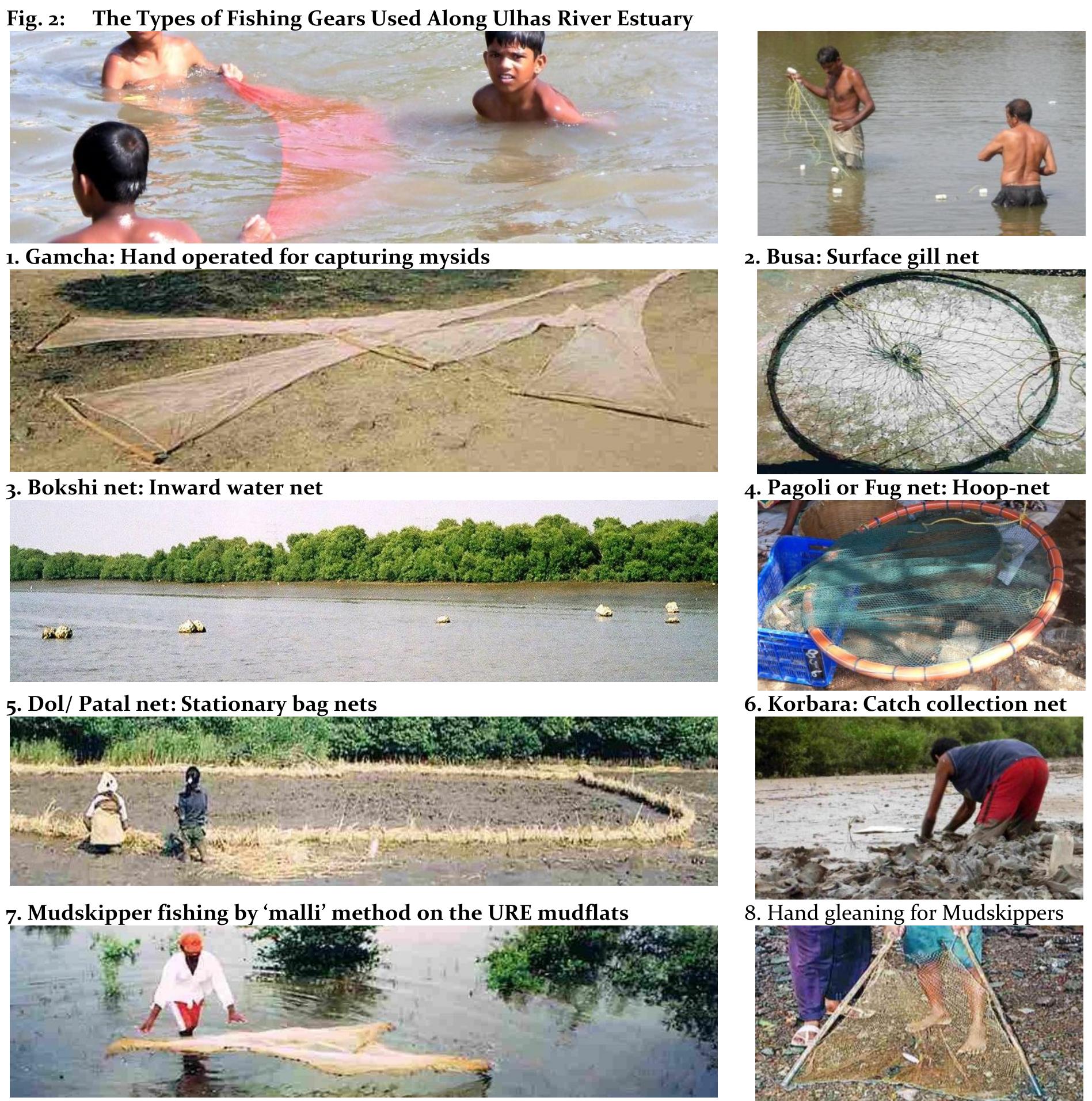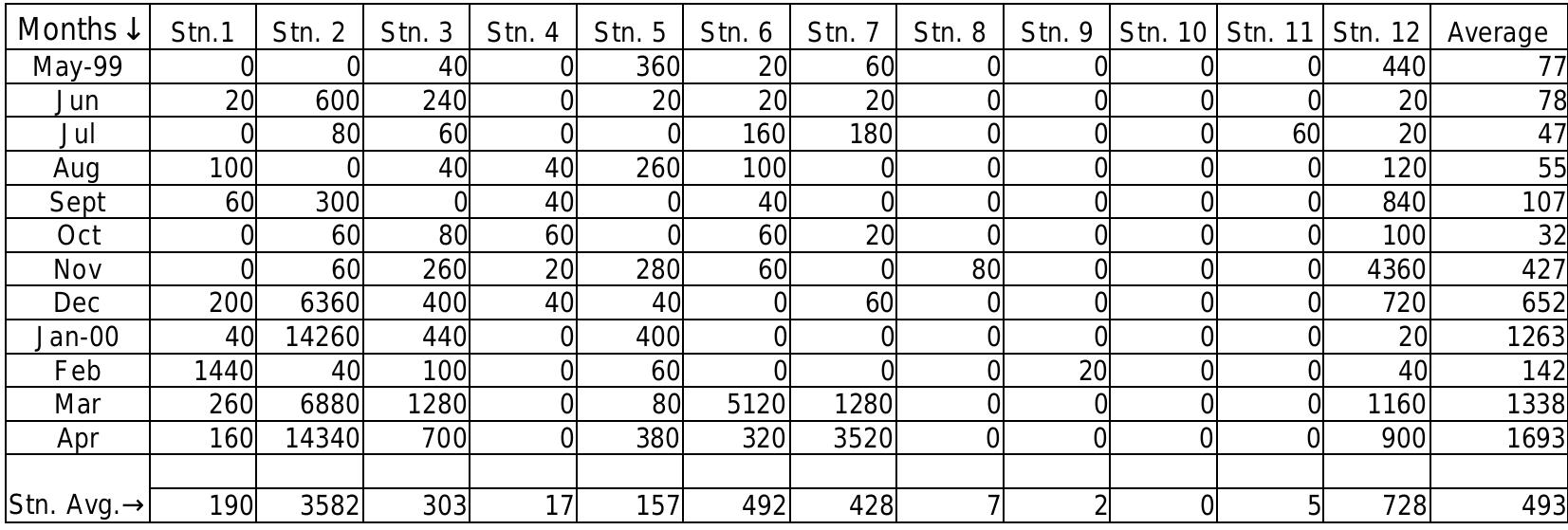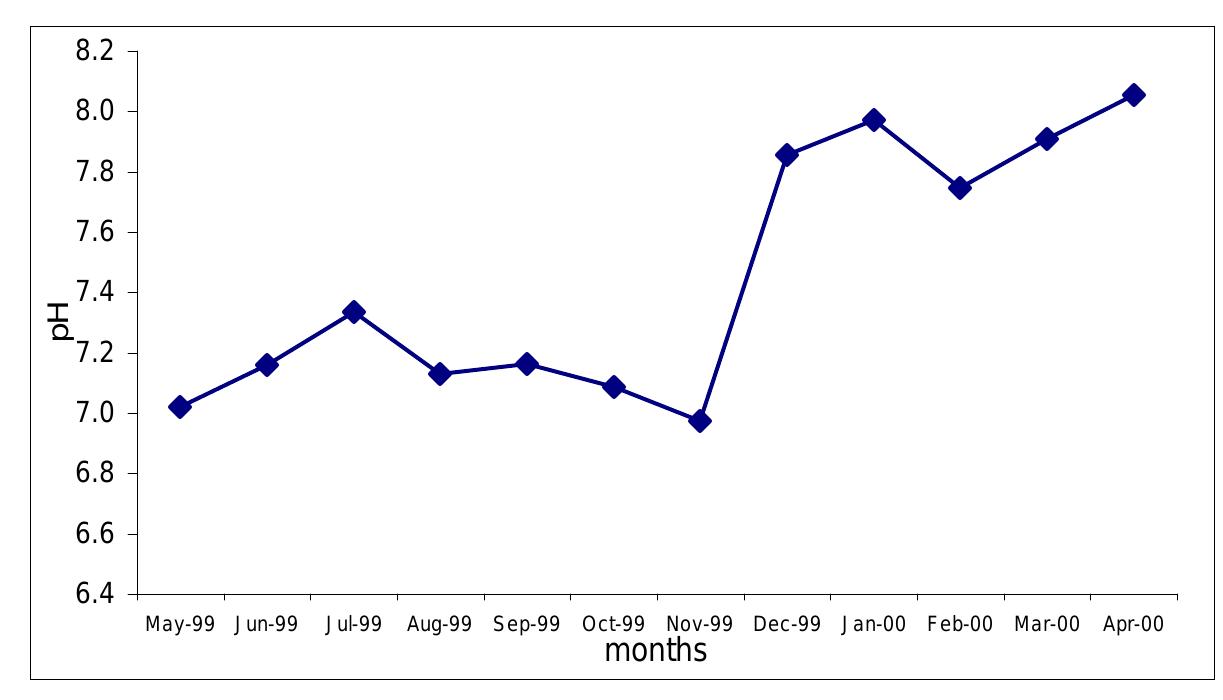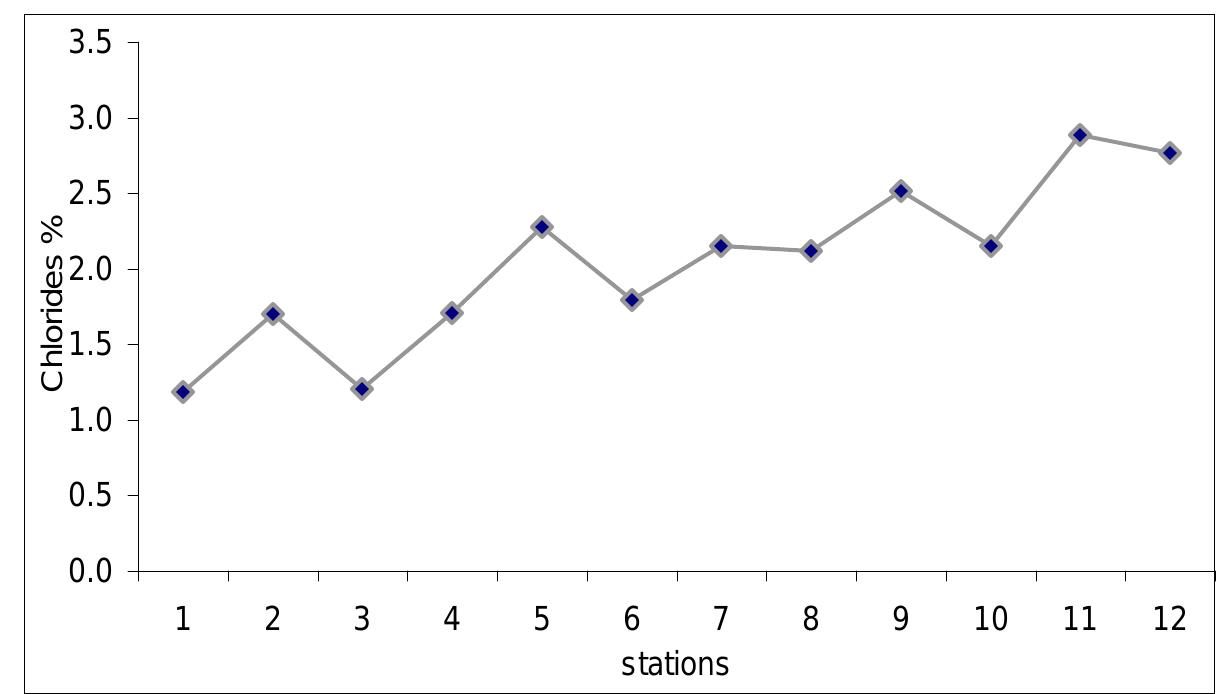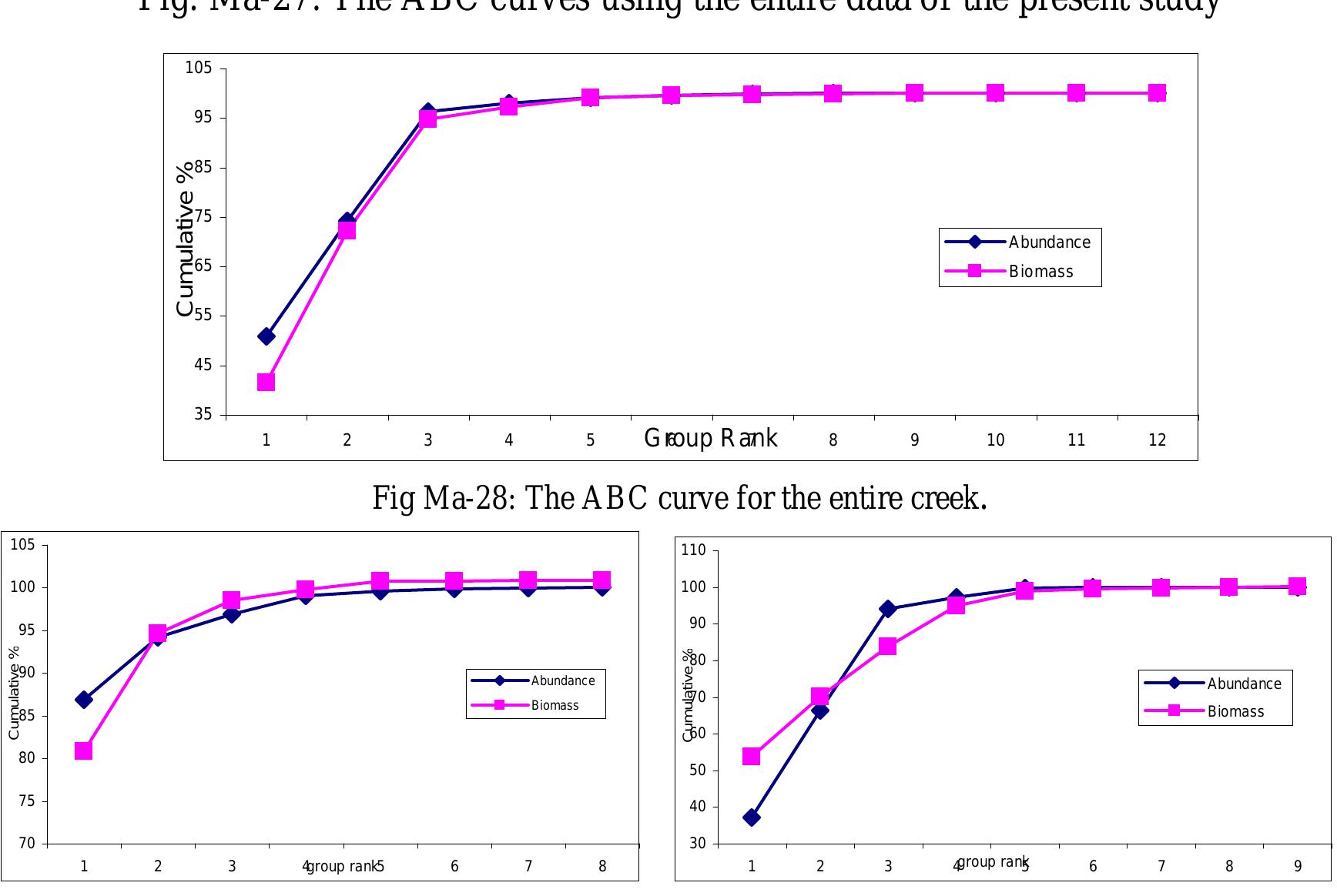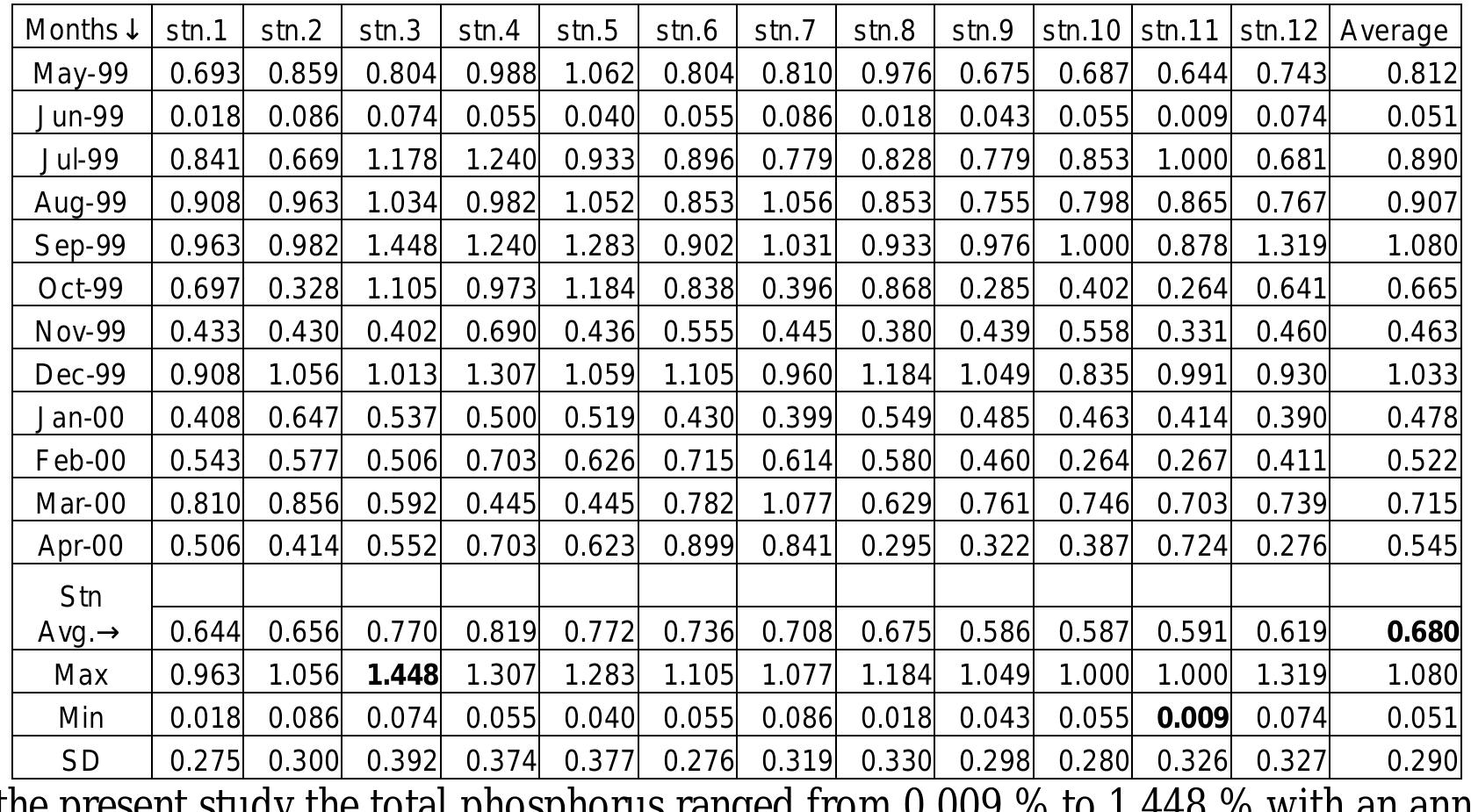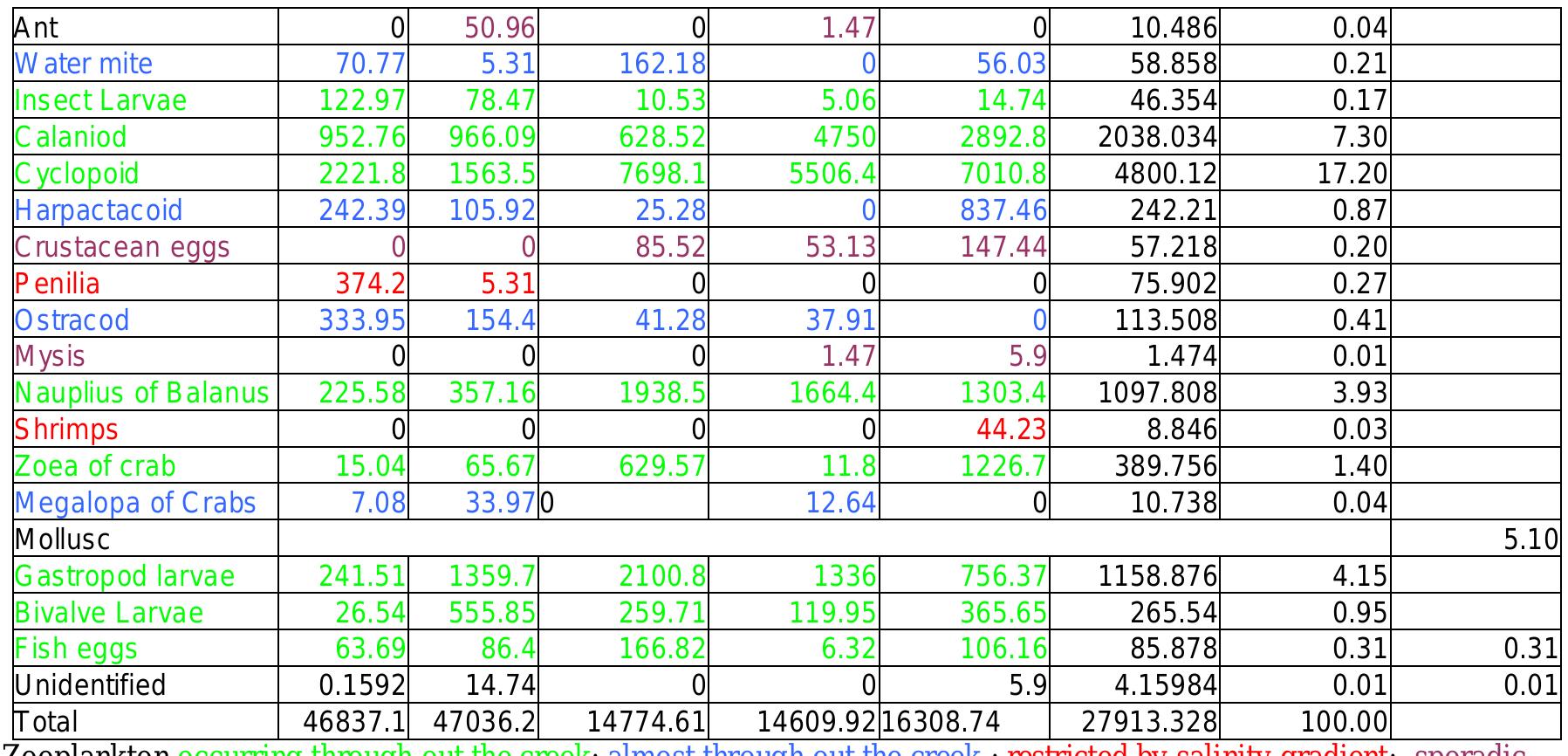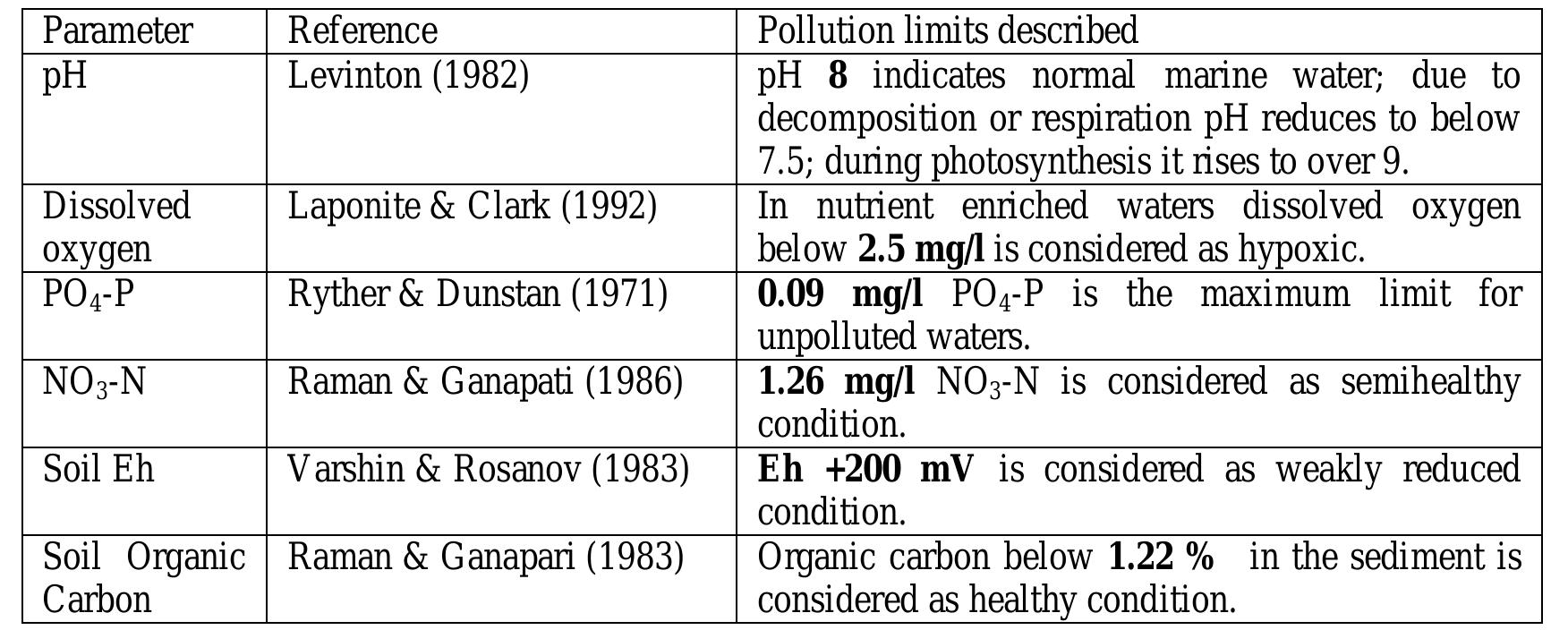Key research themes
1. What are the chemical pollutant profiles and associated ecological risks in polluted urban and industrial creeks?
This theme investigates the specific organic and inorganic pollutant compounds present in sediments and waters of urban and industrially impacted creeks, their concentrations, sources, and the resulting ecological and health risks. It emphasizes the characterization of persistent organic pollutants, heavy metals, and emerging contaminants in creek ecosystems, aiming to provide detailed chemical risk assessments essential for targeted remediation and policy making.
2. How do point and non-point pollution sources contribute to water quality degradation in creeks and what are effective watershed-scale identification methods?
This research area focuses on precise localization and quantification of point and non-point pollutant sources within creek watersheds. It encompasses longitudinal spatial sampling strategies known as segment analysis applied at watershed scales to distinguish anthropogenic contributions such as wastewater treatment plant discharges, agricultural runoff, illicit sewage connections, and illegal waste dumping. The insights aid in watershed management by identifying critical control points for remediation and regulatory intervention.
3. What are the ecological impacts and biodiversity consequences of creek pollution in industrialized and urban estuarine systems?
This theme addresses how chemical pollution, habitat alteration, and anthropogenic stressors in creeks and estuaries affect aquatic biodiversity, focusing on fish community composition, benthic fauna, and ecosystem function. It involves ecological surveys assessing species diversity, community shifts, and the reduction in fishery yields as proxies for ecosystem health. The findings inform conservation priorities and the evaluation of restoration efforts in urbanized aquatic environments.

















